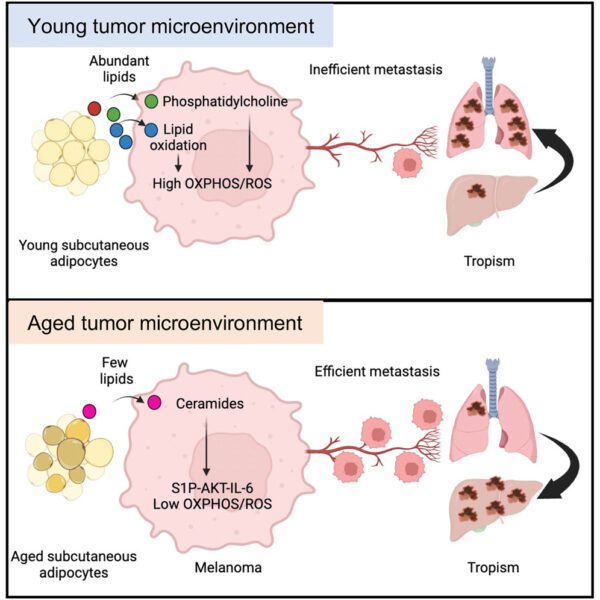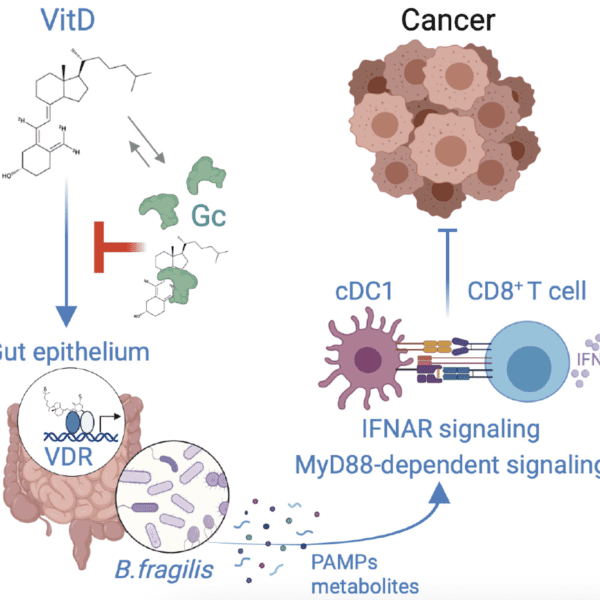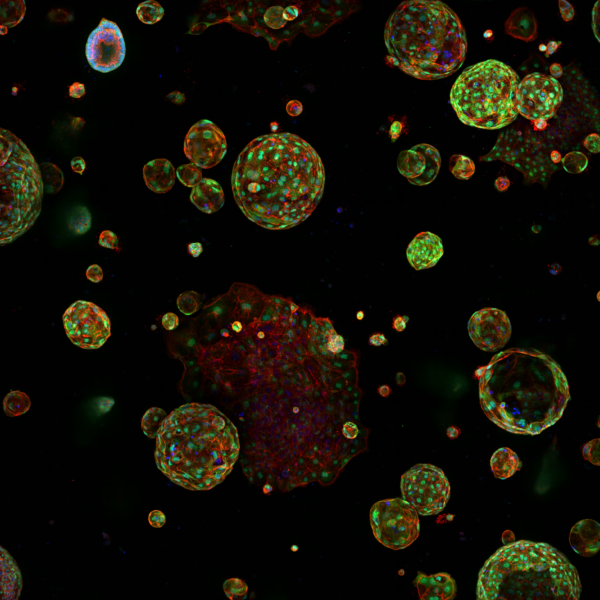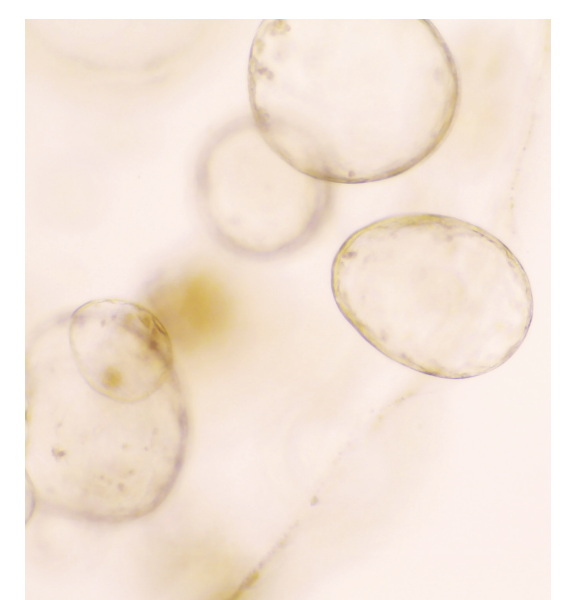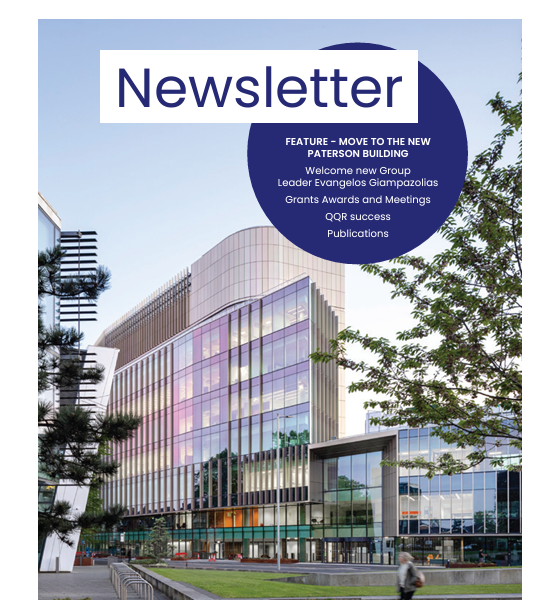Steve Bagley
VIA Core Facility Manager
Manager of the Visualisation, Irradiation and Analysis Core Facility, providing training, instrument support and maintenance and workflow development to advance research projects across the Institute.
About Steve Bagley
Steve heads the Visualisation, Irradiation and Analysis Core Facility, managing the team and supporting research groups through identification and development of new methods and workflows within and between facilities. This includes support for all instruments, image processing & analysis, managing and training the other members of the VIA Core Facility as well as bespoke training for researchers.
He manages the Core Facility instrumentation from specification and design (including custom designs for new equipment), through to installation and implementation. He works closely with the Group Leaders and other Core Facility managers to support good experimental design, including quality control.
With regards to radiation biology, his role as Radiation Protection Supervisor (which covers both the Paterson Building and the Oglesby Cancer Research Building) includes safely managing ionising and non-ionising radiation.
Steve’s other interests include open microscopy, and he is currently trialing new approaches for the recycle and redevelopment of instruments to extend their life and usefulness. This closely fits with his commitment to sustainability, as evidenced by the Core Facility achieving Gold in their LEAF Assessment. He is also a member of The Consortium for Quality Assessment and Reproducibility for Instruments and Images in Light Microscopy (QUAREP-LiMi), a global community of practitioners, committed to democratising access to quantitative and reproducible light microscopy and the data generated by it.
Across the Institute Steve is a member of our Animal Welfare and Ethical Review Body (AWERB), sits on the Health and Safety committee, and supports the use of PPMS for access to and management of core facility processes and equipment.
Interests
- High-content microscopy
- Open microscopy and sustainability
- Advanced imaging techniques
- Quantitative biology methods
Our vision for world leading cancer research in the heart of Manchester
We are a leading cancer research institute within The University of Manchester, spanning the whole spectrum of cancer research – from investigating the molecular and cellular basis of cancer, to translational research and the development of therapeutics.
Our collaborations
Bringing together internationally renowned scientists and clinicians
Scientific Advisory Board
Supported by an international Scientific Advisory Board
